Your One-Stop Shop for Everyday Essentials & Unique Finds
The Best Time to Walk Your Dog: Before or After Eating for Optimal Health?
Wondering when's the best time to walk your dog—before or after they eat? It's a common question among dog owners. Walking your furry friend is not just about exercise; it's also about timing. Feeding and walking schedules can impact your dog's health, energy levels, and even their mood. This article dives into the nitty-gritty of whether it's better to walk your dog before or after meals.
Key Takeaways
- Walking your dog before meals can boost their energy and prevent digestive issues.
- Feeding your dog right before a walk can lead to discomfort and potential health risks like bloat.
- Waiting at least an hour after a meal before walking can help avoid digestive problems.
- Morning walks might set a positive tone for your dog's day, while evening walks can help them wind down.
- Every dog is different, so it's essential to observe your pet's behavior and adjust their routine accordingly.
Understanding Your Dog's Digestive Needs
How Digestion Affects Energy Levels
You know how you feel sluggish after a big meal and ready to nap? Well, dogs are kind of the same. Digestion takes energy, and during this time, your pup might not be up for a marathon. After a meal, blood flows to the stomach to help with digestion, which can leave less energy for other activities. Dogs need energy to play, train, and just be their goofy selves, so timing their meals and walks can make a big difference.
The Role of Meal Timing in Canine Health
Meal timing isn't just about feeding your dog when it's convenient for you. It impacts their health, mood, and even their behavior. Feeding your dog before a walk can give them the energy boost they need, but it might also lead to some digestive issues if they start running around too soon. On the flip side, walking them before they eat can burn off excess energy and make them more relaxed during mealtime.
Common Digestive Issues in Dogs
Dogs can suffer from a range of digestive problems, just like us. From simple things like gas and bloating to more serious issues like bloat or gastrointestinal distress, it's important to keep an eye on your dog's digestive health. Taking your dog for a 'fart walk' can help stimulate their bowels, regulate blood sugar levels, and prevent constipation. It's all about finding that balance between feeding and exercise to keep your dog feeling their best.
Remember, each dog is unique. What works for one might not work for another. Pay attention to your dog's reactions to different feeding and exercise routines to find what's best for them.
The Science Behind Walking Your Dog Before or After Eating
How Exercise Impacts Digestion
When you walk your dog, their body goes through a series of changes. Blood flow increases to the muscles, meaning less is available for digestion. This is why you might notice your dog getting a bit sluggish if they eat a big meal before a walk. The body prioritizes muscle activity over digestion, which can lead to discomfort or even digestive issues. It's kind of like trying to run a marathon right after Thanksgiving dinner—not the best idea!
The Risks of Walking Right After Meals
Walking your dog immediately after they eat can pose some risks. One of the biggest concerns is bloat, a serious condition where the stomach twists and traps gas. This is more common in larger breeds, but any dog can be at risk if they eat a large meal and then get active too soon. To keep your pup safe, it's often recommended to wait at least an hour after a meal before heading out for a walk.
Benefits of Pre-Meal Walks
Taking your dog for a walk before they eat can be a great way to boost their energy and mood. Pre-meal exercise can help regulate their blood sugar levels, making them less likely to experience mood swings or energy crashes. Plus, a good walk can stimulate their appetite, making them more likely to eat their meals with gusto. It's also a fantastic way for them to burn off some energy, which can lead to a calmer demeanor at home.
Striking a balance between meal and exercise timing can help maintain your dog's health and happiness. Consider their unique needs and adjust their routine accordingly.
Finding the Perfect Balance: Meal and Walk Scheduling
Creating a Routine That Works for You and Your Dog
Finding the right schedule for feeding and walking your dog is like solving a puzzle. Every dog is different, and what works for one might not work for another. Consistency is key—once you find a routine that suits both you and your furry friend, stick to it. Start by observing your dog's energy levels and hunger cues. Some dogs might thrive on a morning walk followed by breakfast, while others may do better eating first and then heading out.
Here’s a simple way to start:
- Try feeding a small meal an hour before a walk to see how your dog reacts.
- Adjust the timing based on energy levels and any signs of discomfort.
- Keep track of what works best over a week or two.
Adjusting Meal Sizes Based on Activity
Just like us, dogs need the right amount of food to fuel their activities. If your dog is more active, they might need a bit more to eat. On lazy days, you might want to cut back a little. It’s all about balance. If your pup is going for a long hike, consider a slightly larger meal. On a chill day, reduce the portion to prevent overeating.
- Increase meal size for high-energy days.
- Decrease meal size on rest days.
- Monitor weight and adjust as needed.
Tips for a Balanced Diet and Exercise Plan
A balanced diet and regular exercise go hand-in-hand for maintaining your dog’s health. Here are some tips to keep your pup in top shape:
- Use slow feeders to prevent your dog from eating too quickly.
- Incorporate playtime into walks for added mental stimulation.
- Monitor your dog’s behavior and health regularly to catch any issues early.
"Finding the right balance between meals and walks can make a world of difference in your dog's health and happiness."
Remember, taking your dog for a walk immediately after eating can lead to health risks. It's important to wait before engaging in physical activity with your pet to avoid potential complications. By paying attention to your dog's needs and adjusting their schedule accordingly, you'll help ensure they stay happy and healthy.
Preventing Bloat and Other Health Concerns
Understanding Canine Bloat
Bloat, also known as Gastric Dilatation Volvulus (GDV), is a serious condition that requires immediate attention. It happens when a dog's stomach fills with gas, food, or fluid, and then twists. This twist traps the contents and cuts off blood flow, leading to a potentially fatal situation if not treated quickly. Certain breeds, particularly large and deep-chested ones, are more prone to bloat. Breeds like Great Danes and German Shepherds are at higher risk.
Safe Practices for Feeding and Walking
To reduce the risk of bloat, consider these practices:
- Feed smaller, more frequent meals instead of one large meal a day.
- Avoid using raised feeders as they can increase the risk of bloat.
- Encourage your dog to eat slowly by using a slow feeder.
- Ensure your dog has access to fresh water at all times, but avoid letting them gulp large amounts right after meals.
After meals, light walking is acceptable for dogs, but high-energy activities like running or playing fetch should be avoided immediately afterward.
Signs Your Dog Might Be Experiencing Discomfort
It's crucial to recognize the signs of bloat early. Look out for:
- A swollen or distended abdomen.
- Attempts to vomit without success.
- Restlessness or pacing.
- Excessive drooling.
- Rapid breathing or heart rate.
If you notice any of these symptoms, contact your vet immediately. Bloat can progress quickly, and time is of the essence.
Taking preventive measures can significantly reduce the risk of bloat. Keep a close eye on your dog's eating habits and post-meal activities to ensure they stay happy and healthy.
Optimizing Your Dog's Health with Proper Timing
Morning vs. Evening Walks: What's Best?
Choosing the right time for your dog's walk can be tricky. Morning walks are great for setting a positive tone for the day. They help burn off energy that might otherwise lead to unwanted behaviors. Evening walks, on the other hand, can be a perfect way to wind down and relax. Ultimately, the best time depends on your schedule and your dog's needs. Try both and see what works best for you and your furry friend.
How Long to Wait After Eating Before Walking
It's important to give your dog some time after eating before heading out for a walk. This helps prevent digestive issues and discomfort. A good rule of thumb is to wait about 30 to 60 minutes after a meal. This waiting period allows the food to settle, reducing the risk of problems like bloat.
The Impact of Walk Timing on Dog Behavior
When you walk your dog can also affect their behavior. Dogs thrive on routine, so consistent walk times can lead to better behavior and a happier pet. If your dog is particularly energetic, a walk in the morning might help manage their energy levels throughout the day. Conversely, a walk after work can help them relax and sleep better at night.
Finding the right balance between feeding and walking times can significantly improve your dog's overall well-being. It's not just about exercise; it's about creating a routine that suits both you and your pet.
Incorporating regular walks is essential for maintaining your pet's muscle tone and joint movement. For overweight pets, walking aids in weight loss and boosts overall health. Consider your dog's specific needs and your lifestyle when deciding on the timing of walks.
Personal Experiences and Expert Opinions

Stories from Dog Owners
A lot of dog owners have their own tales about the best time to walk their furry friends. For example, Sarah, who has a lively Labrador named Max, swears by morning walks before breakfast. "It seems to get him more energized for the day," she says. On the other hand, Tom, who lives with a chilled-out Basset Hound, prefers post-dinner strolls. "He just seems more relaxed," he mentions.
Here's a quick list of what some dog owners have observed:
- Increased energy: Many find their dogs more active when walked before meals.
- Better digestion: Some owners notice fewer digestive issues when walks are scheduled after eating.
- Routine happiness: Dogs seem to thrive on a consistent schedule, whether it's before or after meals.
Insights from Veterinarians
Veterinarians often suggest considering your dog's age, breed, and health when deciding on walk times. Dr. Emily, a vet with over a decade of experience, recommends waiting at least an hour after meals before heading out. "It's crucial to prevent issues like bloat," she advises.
A few expert tips include:
- Know your dog's breed-specific needs.
- Adjust walk intensity based on meal size.
- Consult your vet for personalized advice.
"Every dog is different," says Dr. Emily. "Finding what works best for your pet might take some trial and error, but it's worth it for their health and happiness."
Common Myths Debunked
There's a lot of chatter about the supposed dangers of walking your dog at specific times. Let's clear some things up:
- Myth: Walking after meals always causes bloat.
- Truth: While it's a risk, not every dog will experience this. Timing and breed matter.
- Myth: Morning walks are always better.
- Truth: It depends on your dog's energy levels and your schedule.
- Myth: Dogs don't need walks if they have a yard.
- Truth: Walks provide mental stimulation and bonding time, which is essential for a happy dog.
In conclusion, determining the best time to walk your dog isn't a one-size-fits-all answer. It requires understanding your dog's unique needs and experimenting with different schedules. Always keep your dog's health at the forefront and don't hesitate to seek professional advice.
Practical Tips for Dog Owners
Using Slow Feeders and Other Tools
Feeding your dog can be more than just a routine; it can be a fun challenge! Slow feeders are fantastic for dogs who gobble up their meals too quickly. These feeders make your pup work a bit harder for their food, which can help with digestion and prevent bloating. Plus, it keeps them mentally stimulated. Another handy tool is a puzzle toy that dispenses treats—perfect for keeping your dog entertained and their brain engaged.
Incorporating Playtime into Walks
Why not make walks more exciting by adding a bit of play? Bring along a favorite toy or a ball to toss around. It’s a great way to burn off extra energy and make your walks more interactive. You can also try playing hide and seek with your dog. Let them sniff out treats or toys you’ve hidden along the path. This makes the walk an adventure and keeps your dog’s mind sharp!
Monitoring Your Dog's Health and Happiness
Keeping an eye on your dog's health is crucial. Regular vet visits are key, but there’s a lot you can do at home too. Check their coat, eyes, and ears for any signs of trouble. Is your dog eating well? Are they enthusiastic about their walks? These are good indicators of their well-being. If you notice any changes, it might be time to consult with a vet.
Remember, a happy dog is a healthy dog! Keeping your dog active and engaged is just as important as feeding them the right food.
Choosing the right dog for an active lifestyle can make a world of difference in how enjoyable your walks are. From sturdy leashes to hydration supplies, having the right gear ensures every outing is a pleasant experience for both you and your furry friend. And don't forget, walks are more than just exercise—they're a chance to bond and have fun together.
Conclusion
So, when it comes to walking your dog, timing really does matter. Whether you choose to walk your furry friend before or after a meal, the key is to find a routine that suits both of you. If your dog seems more energetic and happy with a pre-meal stroll, go for it! Just make sure to give them some time to digest if they eat first. On the flip side, if they do better with a walk before eating, that's perfectly fine too. Every dog is different, and what works for one might not work for another. The most important thing is to keep an eye on your pup's behavior and health, and adjust as needed. Happy walking!
Frequently Asked Questions
Is it better to feed my dog before or after a walk?
It's usually best to feed your dog after a walk. Walking before eating can help prevent tummy troubles like bloat. If you feed first, wait at least an hour before walking.
How long should I wait to walk my dog after they eat?
Wait about an hour after your dog eats before taking them for a walk. This gives time for their food to settle and helps avoid any stomach issues.
Can walking my dog right after eating cause health problems?
Yes, walking right after eating can lead to problems like bloat, which is a serious condition. It's safer to let your dog rest for a bit after meals.
What is canine bloat and how can I prevent it?
Canine bloat is when a dog's stomach fills with gas and twists. To prevent it, avoid exercise right after meals and feed smaller, more frequent meals.
Are morning or evening walks better for my dog?
Both morning and evening walks have benefits. Morning walks can energize your dog for the day, while evening walks help them relax before bedtime.
What should I do if my dog seems uncomfortable during a walk?
If your dog seems uncomfortable, stop and let them rest. Check for any signs of pain or distress and consult a vet if you're concerned.
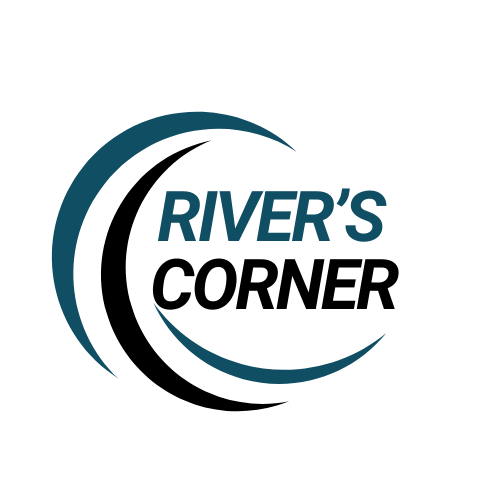
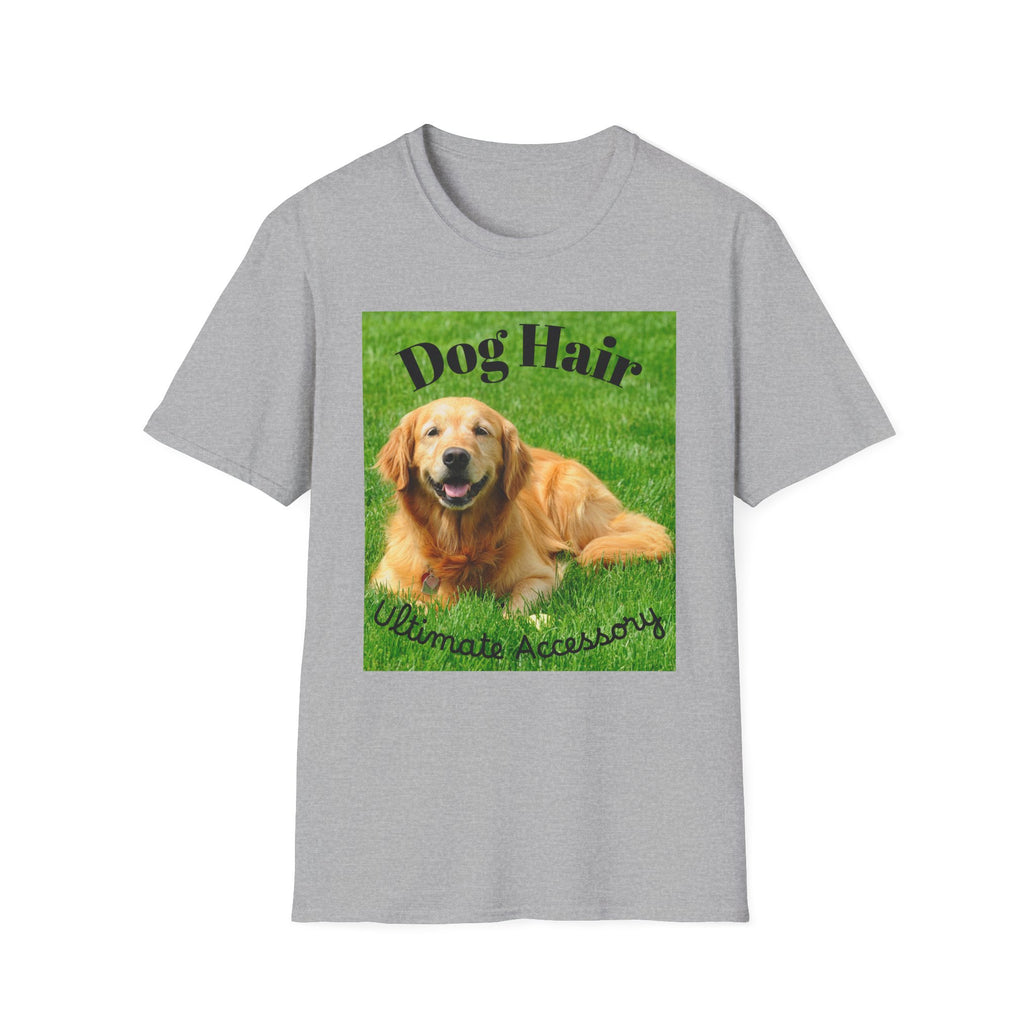
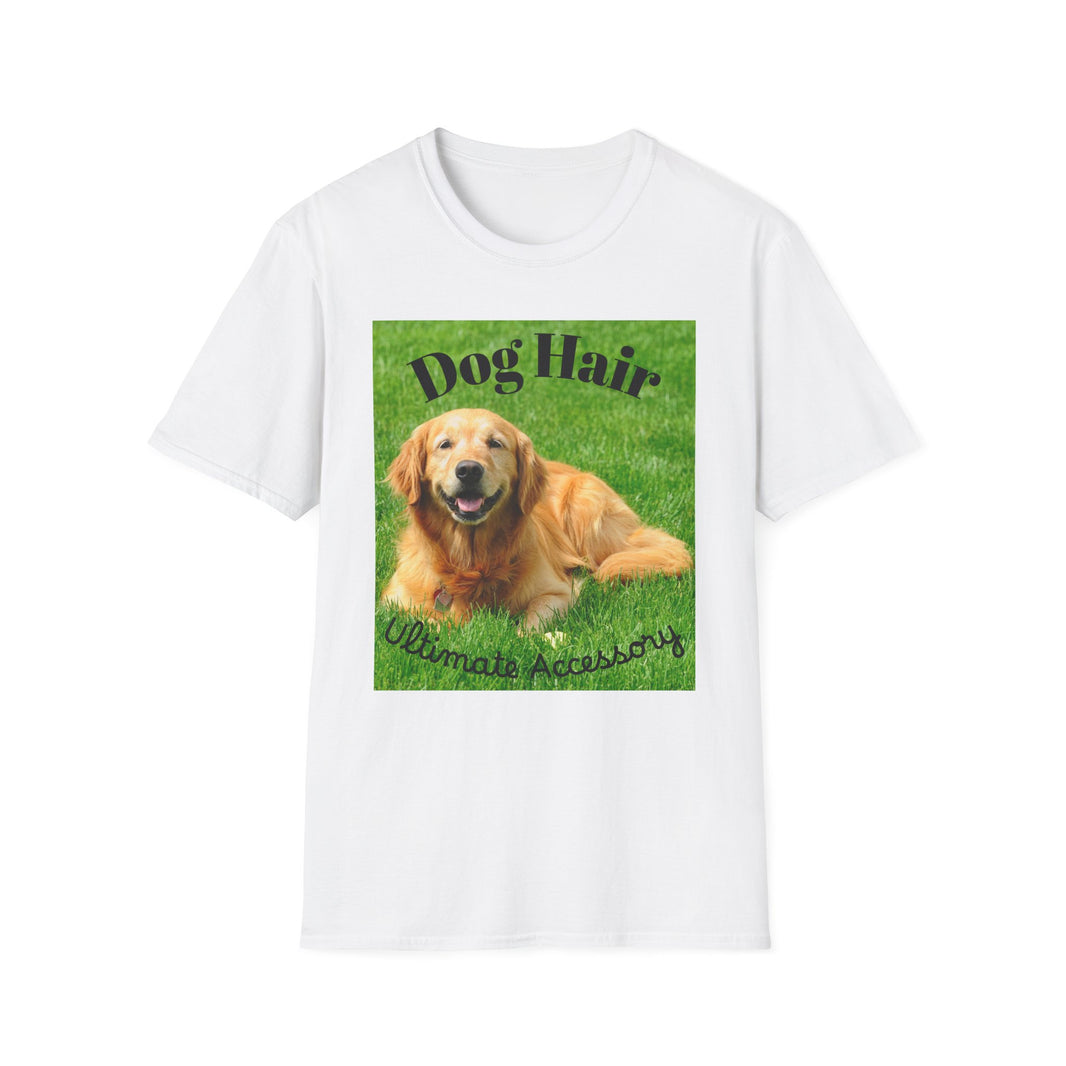
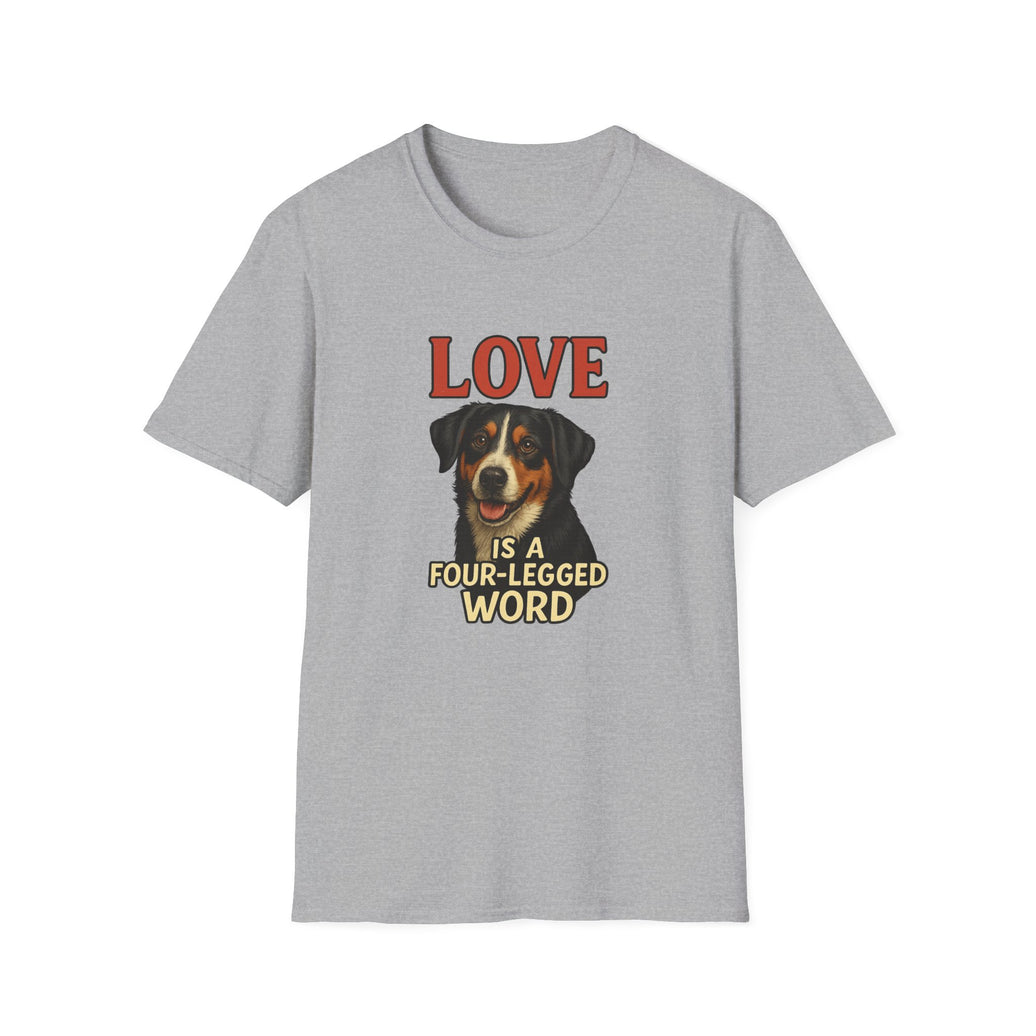
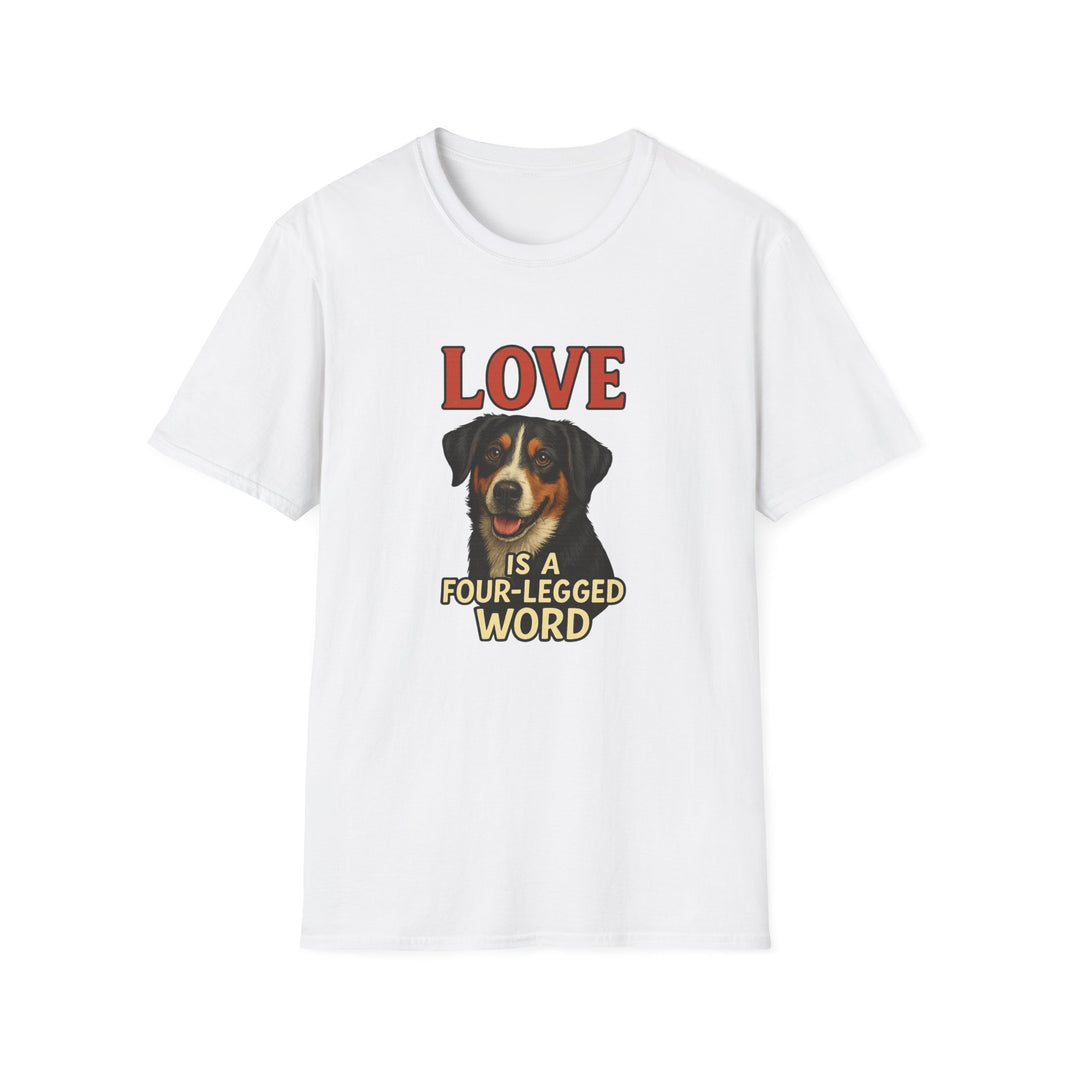
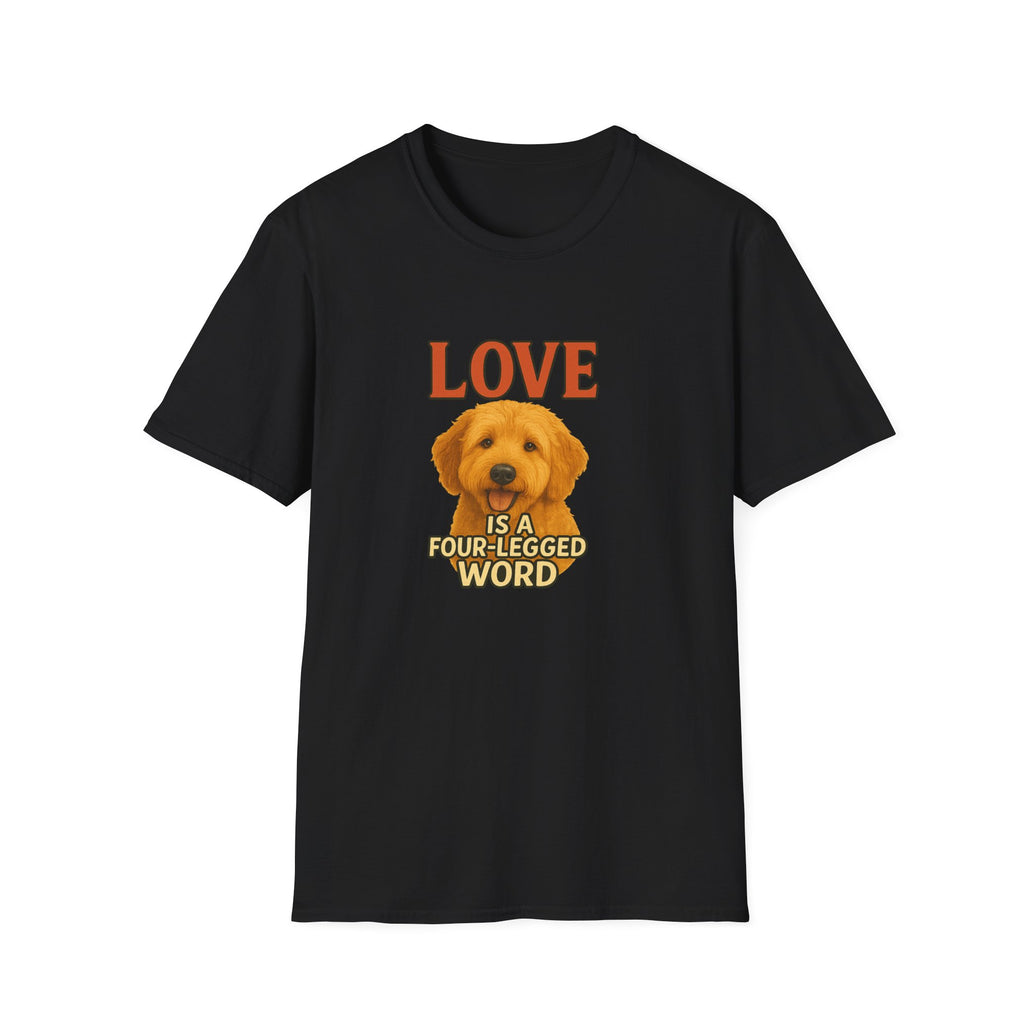
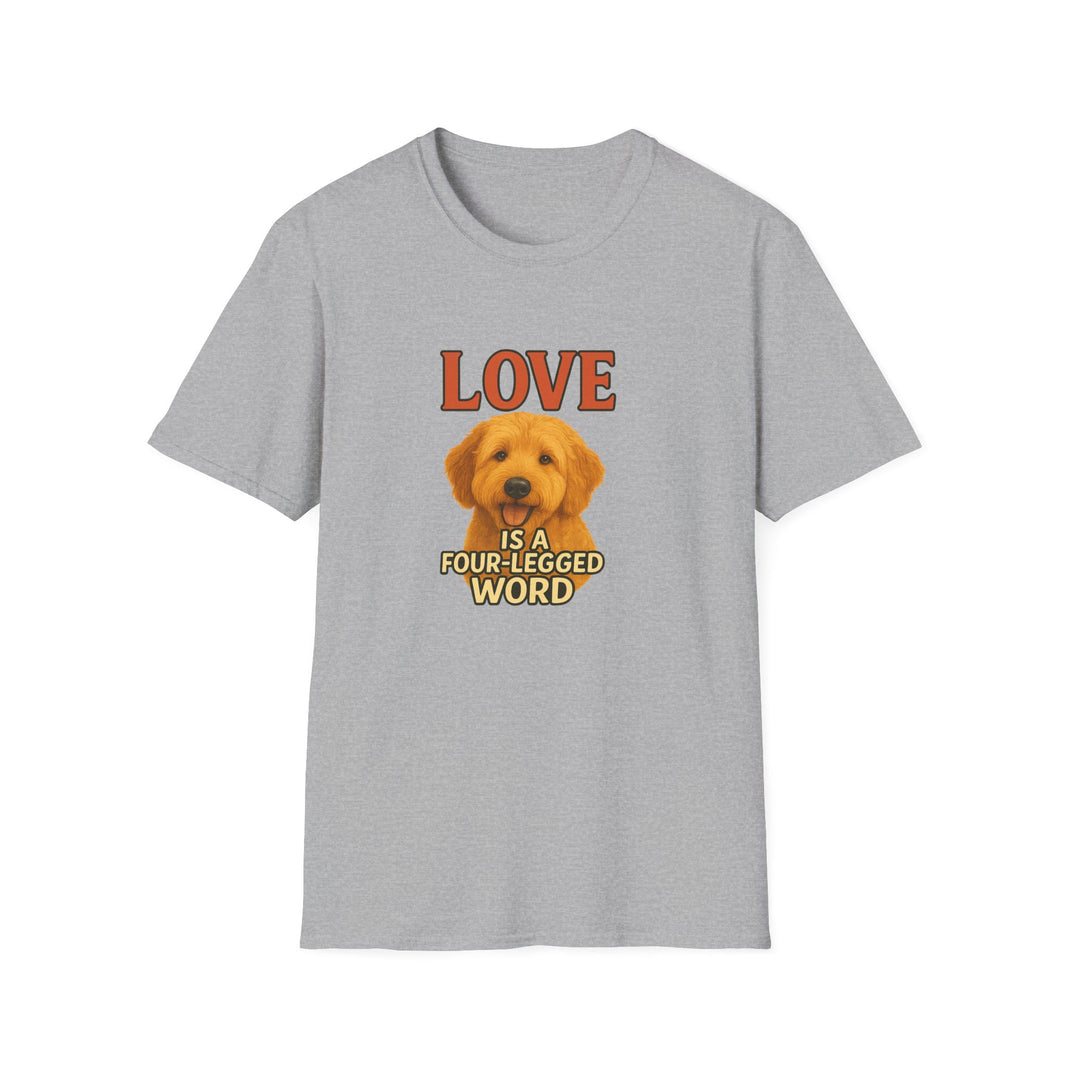
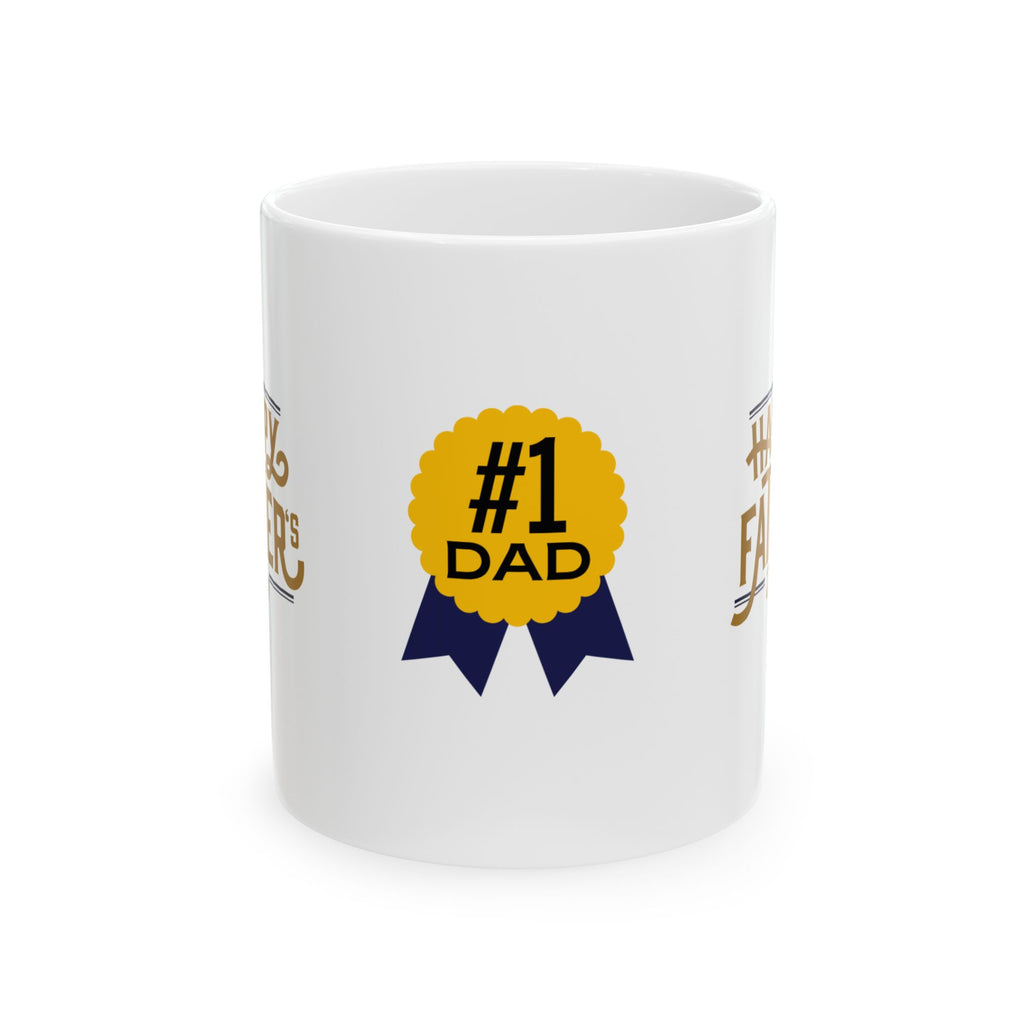
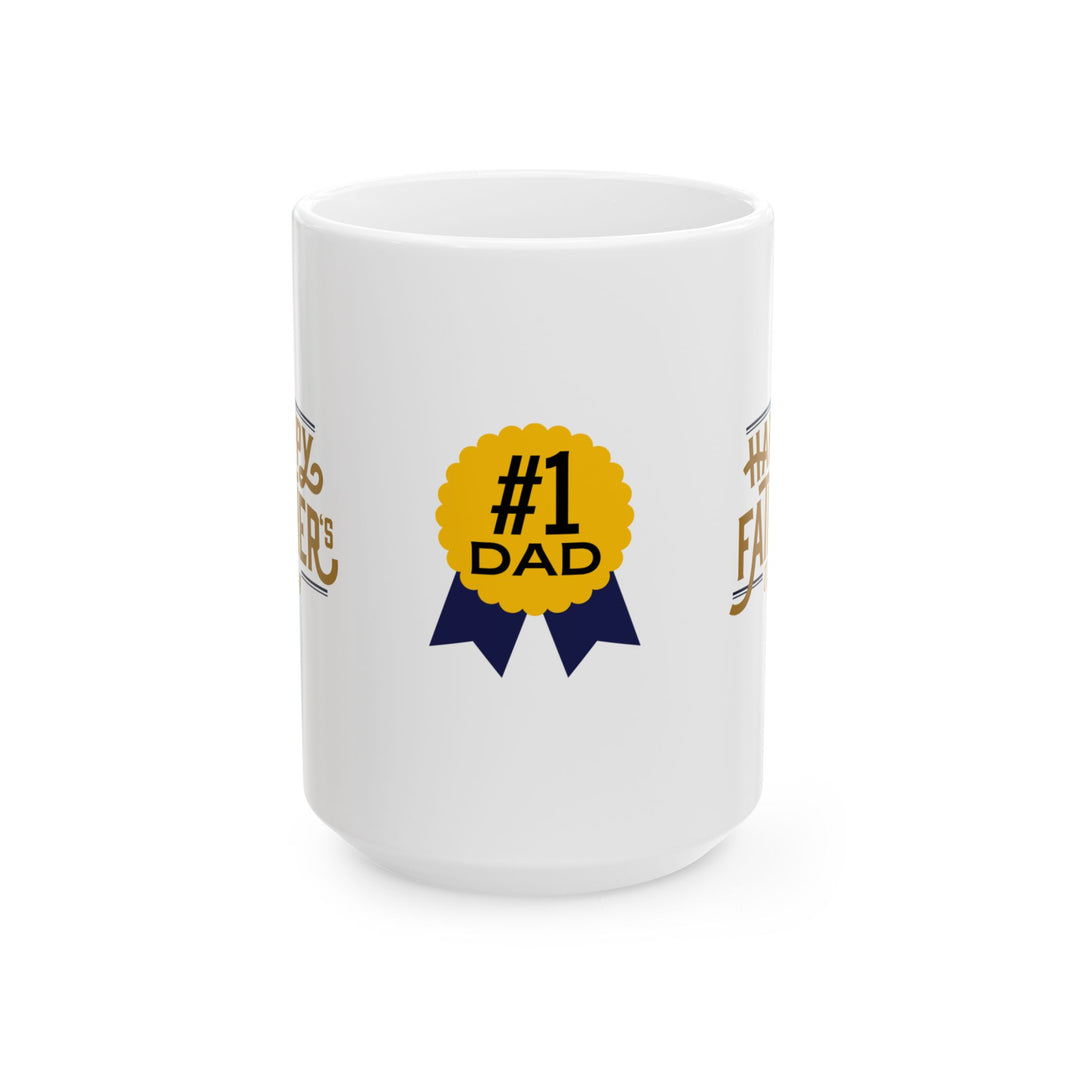
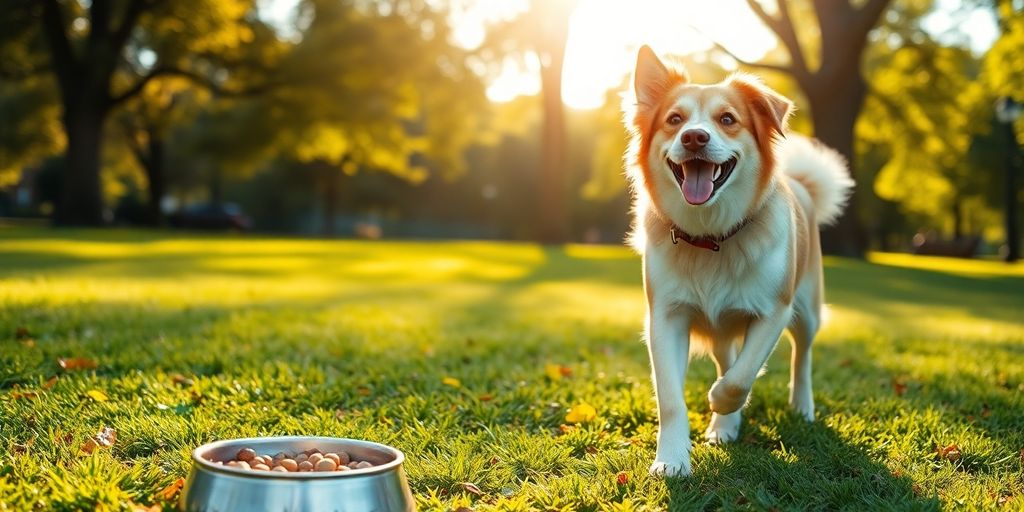
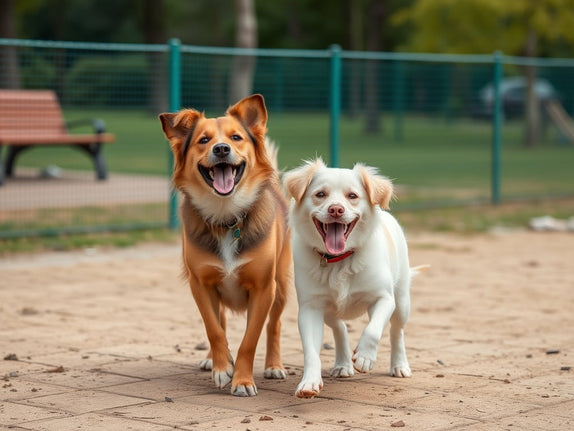
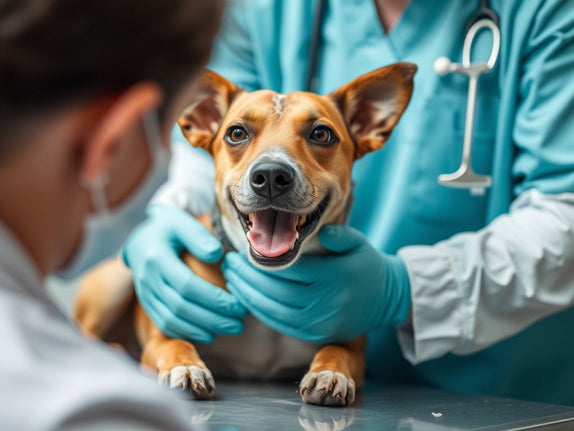

Leave a comment